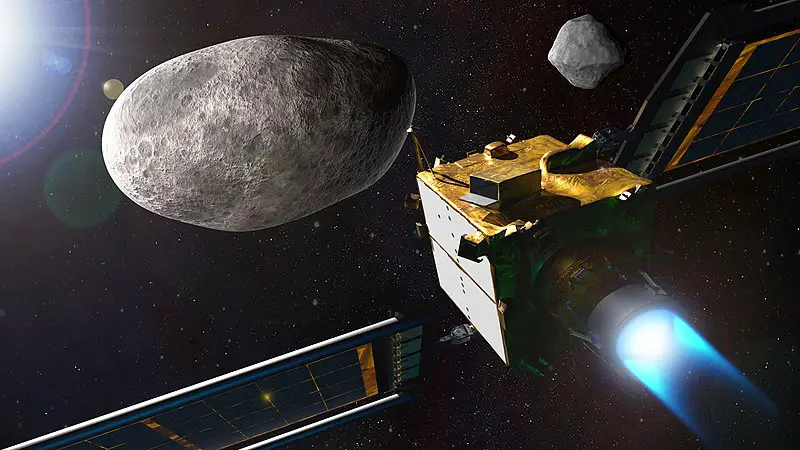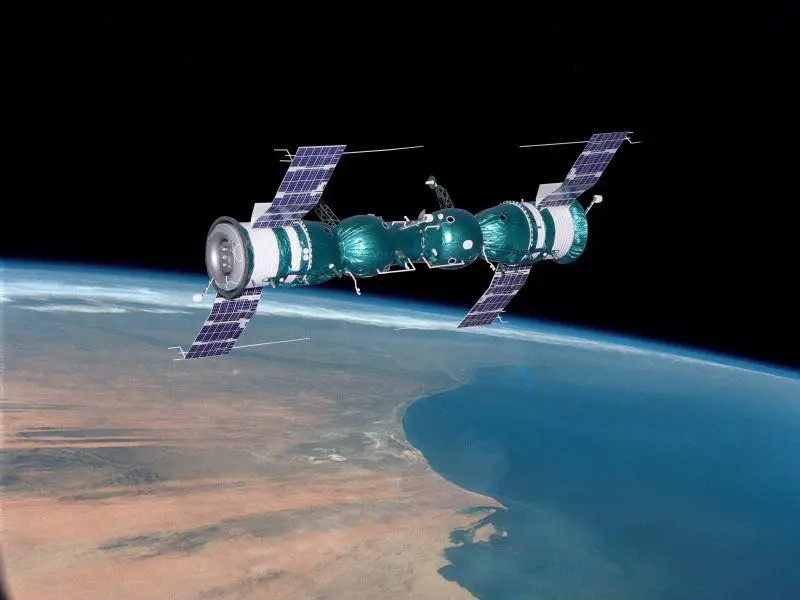In January 2014, a three-foot meteor flew into our atmosphere at a tremendous speed of 134,200 mph and crash-landed in a region in Papua New Guinea. Since this event occurred, several researchers have remained curious to know the actual content of the meteorite. American Military officials even confirmed that the space rock arrived at Earth from outside our solar system. Avi Loeb, a Harvard University Astrophysicist recently announced his interest to advance the search for the Papua New Guinea Meteor (CNEOS 2014-01-08). Loeb is known as one of the best alien hunters in recent years. Loeb claimed that the CNEOS 2014-01-08 meteor might be an alien spacecraft.
His curiosity inspired him to organize an expedition to search the ocean floor around the region of the meteor’s landing site. Despite his efforts, his team has only managed to find tiny balls of glassed rock and metal. Researchers later discovered that some of these rocks and metals were industrial waste. But is Loeb giving up on the search? Of course, the answer is NO. In fact, he recently unveiled his next plans during an interview with The Guardian.
Why the Harvard Scientist Plans To Continue the Search for Alien Spacecraft
Loeb revealed to the news agency that he is planning to return to Papua New Guinea during the Spring season. He plans to find bigger fragments of what he claims to be an alien spacecraft.
“Then you can easily tell if it’s a rock or a technological gadget base,” he told the newspaper in a wide-ranging interview. Presumably joking, he added, “Of course, if it’s a gadget, it would have screws, it would have perhaps buttons on it.”
Loeb’s work is quite fascinating as it has even attracted a Netflix crew who participated during the expedition the scientist organized earlier this year to Papua New Guinea. The Netflix crew filmed Loeb and his team as they commenced the search months ago.
He often goes to any length to popularize his works. Sometimes Loeb partners with some colleagues to advance the search for extraterrestrials and their technologies.
Loeb told The Guardian that the ability of the Meteor to survive burning up in Earth’s atmosphere is a great sign that it could be made of artificial material.
“This object was faster than 95 percent of the stars near the Sun, relative to what is called the local standard,” he said in the interview. “That’s what led me originally to suspect maybe it’s a spacecraft. It was able to maintain its integrity under very high stress. And so, we said it must be tougher than even iron meteorites.”
Loeb is hopeful that he will make a fascinating discovery about his claimed alien spacecraft during his next trip.




